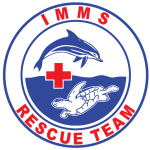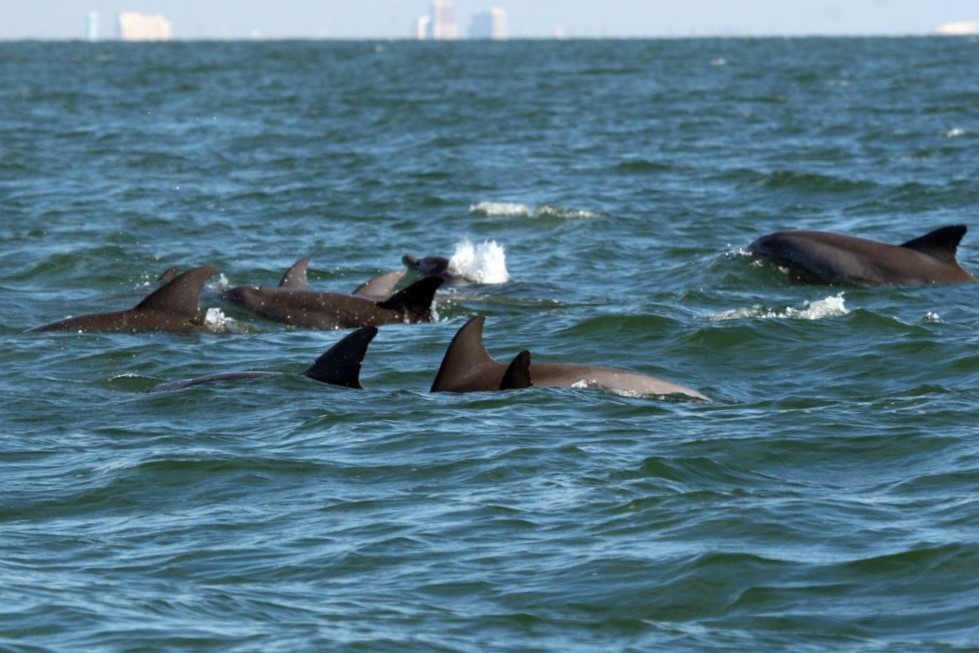
Research at IMMS
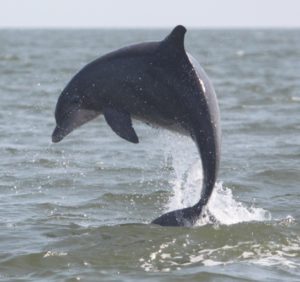
IMMS is responsible for a long-term photo-identification study focused on the bottlenose dolphin (Tursiops truncatus) in the Mississippi Sound, Lake Borgne, and Biloxi Marsh. Photo identification is a non-invasive methodology used to study animals in their natural environment using an animal’s natural, unique markings to distinguish it from others. This technique can be useful in studying the ecology, behavior, and life history parameters of local populations, including: population size, home ranges, migratory paths, site fidelity, preferred habitat, and life spans. In dolphin photo ID research, we use the natural nicks and scars on the trailing edge of the dorsal fin that accumulate over the course of a dolphin’s life through interaction with other dolphins, predators, and the environment; to identify individuals. This method can also be used to observe and analyze individuals with possible genetic abnormalities that are not detrimental to the health of the animal (Ambert et al. 2017).
Current population estimates from NOAA’s 2016 stock assessments show 901 animals with a minimum population estimate of 551. Past studies have shown seasonal variation within the population, with more dolphins present in the warmer, summer months than in the colder, winter months (Pitchford et al 2016), as well as a seasonal east/west movement (Pitchford et al 2014). Historically research evaluating the dolphins in this area has been drawn from data collected using different sampling methodologies, and thus the results have been difficult to compare over time.
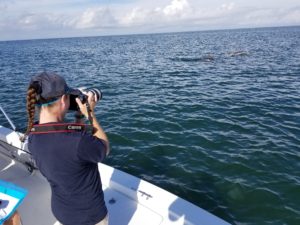
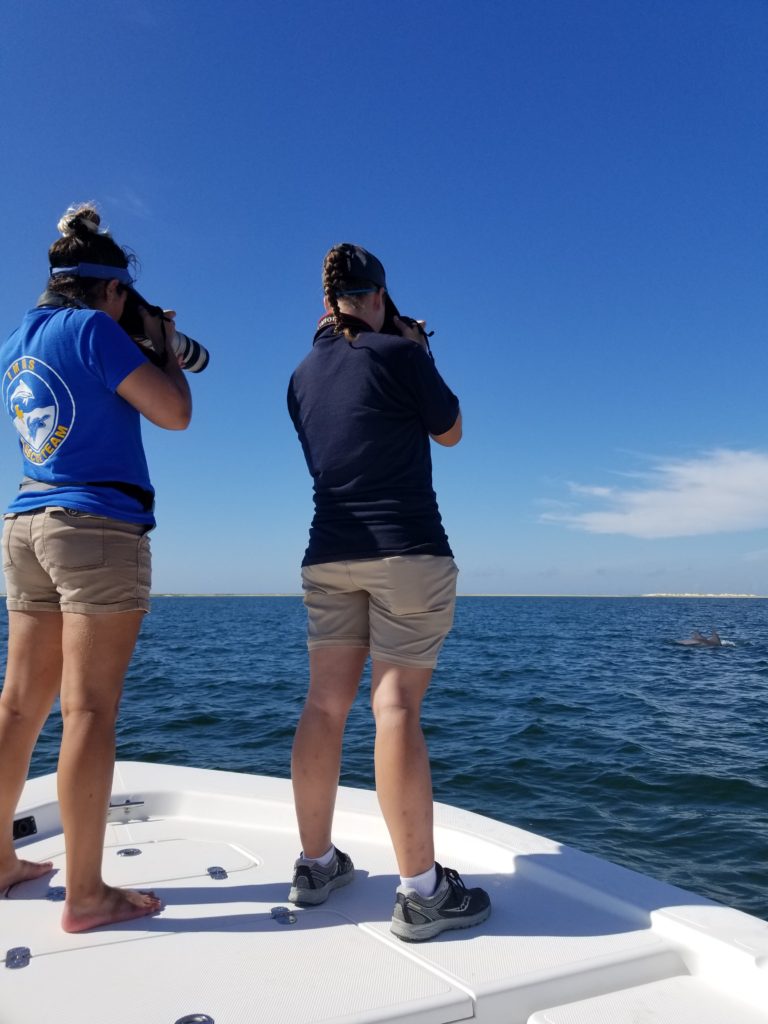
Our current research program aims to address this inconsistency by continually monitoring the population through the use of consistent photo-id methodologies. Since 2010, we have conducted year -round surveys across the Mississippi Sound to the Alabama boarder, as well as Lake Borne and the Biloxi Marsh in Louisiana, with a permit that allows us to stay with a dolphin pod for up to 30 minutes to get pictures of the dorsal fins. The purpose of this study is to develop a catalogue of identified individuals, estimate the population of resident dolphins in the Northern Gulf of Mexico across various habitat types and seasons, and to determine site fidelity and habitat use among local populations.
One of the main threats to this population is interaction with fisheries and entanglement in fishing gear, as well as large-scale disasters such as the Deepwater Horizon Oil Spill. Much of the research relating to dolphins and the oil spill has come out of the IMMS research department (such as Pitchford et al 2018).
In addition to our staff, interns provide invaluable assistance, and gain experience to help with their future goals. If you are interested in applying for an internship please visit our intern page where you will find all the information you need for the application process.

